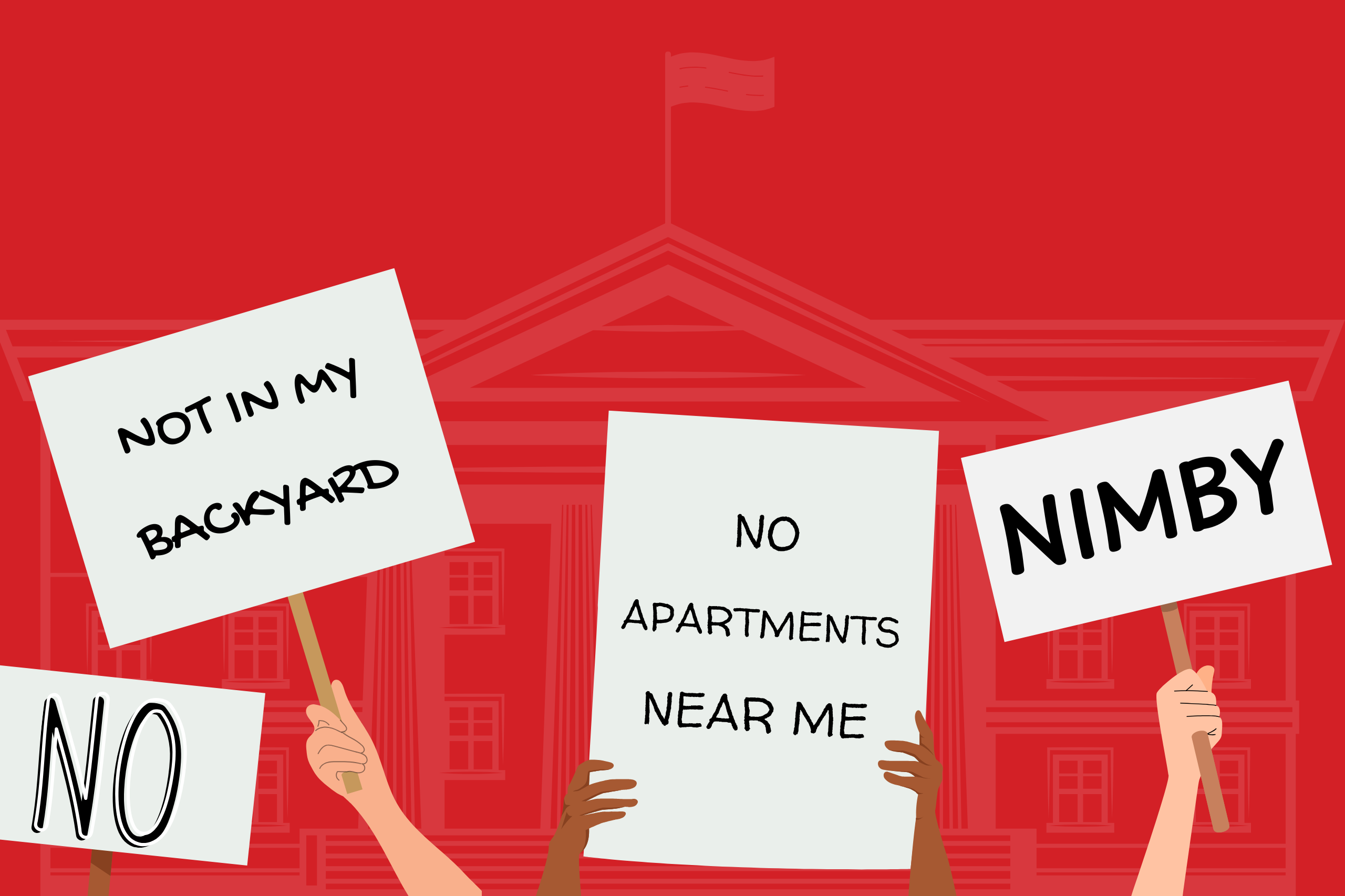Part 2: Local Government — The Hidden Bottleneck in Florida’s Housing Crisis
In Part 1, Dr. Sam Staley of Florida State University’s DeVoe Moore Center laid out the fundamental problem behind Florida’s housing affordability crisis: a failure to meet demand with adequate supply. In this installment, we turn our attention to the local policies and processes that are preventing solutions from taking root.
Skip Foster (RTF): Sam, in the first part of our conversation, you pointed to local governments — zoning, permitting, planning — as major barriers to housing development. Can you talk more about that?
Sam Staley: Well, it really is at the local level where the bottlenecks occur. The permitting process, the zoning approvals, the comprehensive plans — all of that stuff is done at the local level. And what we’re seeing is that the political will to allow growth, particularly in already developed areas, just isn’t there.
RTF: You’ve touched on permitting delays, but can you explain how that actually affects the price of housing?
Staley: Absolutely. Time is money in development. Every month a builder waits for approval, they’re still paying interest on the land loan, carrying financing costs, sometimes redesigning to meet shifting requirements. That delay doesn’t just eat into margins — it gets baked into the final price. And that price is passed on to buyers or renters. So when cities drag their feet on approvals, it’s not just frustrating — it directly contributes to higher housing costs and less supply.
RTF: Why is that?
Staley: You know, the phrase is NIMBY — “not in my backyard.” The minute someone proposes an apartment complex or even townhomes, the neighbors show up at the meeting and say it’s going to ruin the character of the neighborhood or cause traffic problems. So elected officials hear that, and they get nervous. And a lot of projects just die.
RTF: Is this a new phenomenon?
Staley: No, it’s been building for decades. But the mismatch between demand and supply is now so extreme that the consequences are becoming more visible. It’s not just poor people who can’t find housing. It’s middle-income families. It’s young professionals. It’s teachers and firefighters. And we still see this reflexive resistance to development.
RTF: What does that mean in practice?
Staley: It means a lot of developers won’t even try. They know they’re going to get fought every step of the way. So they look elsewhere. And that means less housing, which drives up the price of what already exists.
RTF: Are there any examples of cities getting this right?
Staley: Some cities are trying. I think Miami is starting to move in that direction — more density, more flexibility. Orlando too, in some areas. But for the most part, cities still use land use planning as a gatekeeping function, not a growth management tool. And that’s a huge part of the problem.
Coming in Part 3: Could Florida actually become the California of building regulations?
